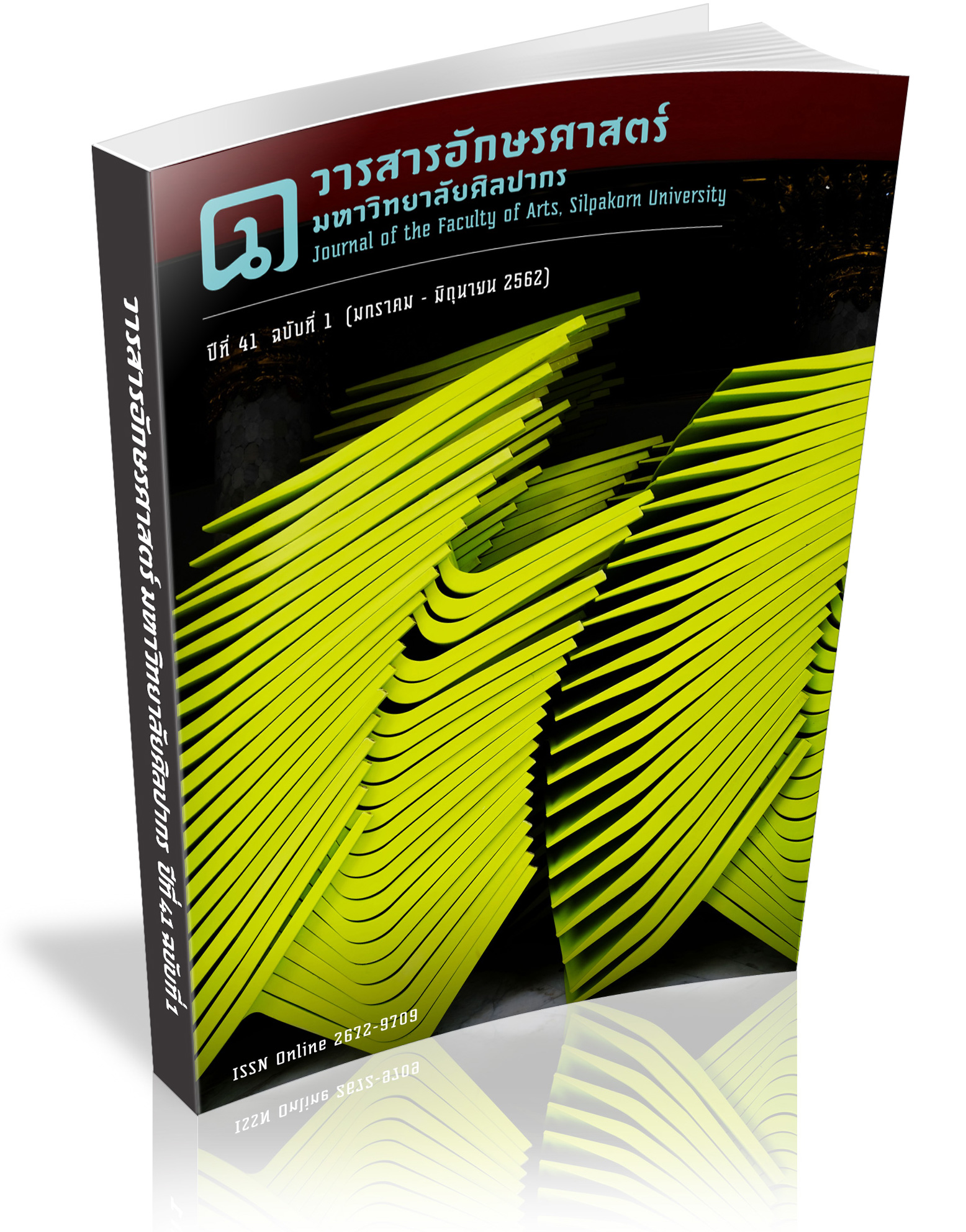Ājīvika in Early India
A Study of Ājīvika’s Way of Life and Philosophical Concepts
Keywords:
Ājīvika, Fatalism, Makkhali Gosāla, Pūrana Kassapa, Pakudha KaccāyanaAbstract
This article explores the way of life and status of Ājīvika in Early India prior to the time of Gotama Buddha. Also, it studies some major philosophical concepts, and the contribution and impact of Ājīvika teachers on Indian society. The study reveals that Ājīvika is one of three ascetic groups: Buddhism, Jain and Ājīvika, that could have survived for more than a millennium in Early India. The doctrines of Ājīvika teachers in the Buddha’s time comprised of Makkhali Gosāla’s fatalism, Pūrana Kassapa’s niyati-antinomianism, and Pakudha Kaccāyana’s atomism. These concepts had a contribution to a scientific way of thinking as well as an influence upon Indian folks who dwelled under the caste system.
Downloads
References
Barua, B. M. (1926). Ājīvika – What It Means. Annals of the Bhandarkar Oriental Research Institute, 8 (2), 183-188.
Barua, B. M. (1920). The Ajivikas. Calcutta : the University of Calcutta.
Basham, A. L. (2002). History and Doctrines of the Ājīvikas. Delhi : Motilal Banarsidass.
Bronkhorst, J. (1998). The Two Sources of Indian Asceticism. Delhi : Motilal Banarsidass.
Bronkhorst, J. (2000). The Riddle of the Jainas and Ājīvikas in Early Buddhist Literature. Journal of Indian Philosophy, 28 (5/6), 511-529.
Bronkhorst, J. (2003). Ājīvika doctrine reconsidered. In Balcerowicz, P. (Ed.), Essays in Jaina Philosophy and Religion, pp. 1-24, Delhi : Motilal Banarsidass.
Charpentier, J. (1913). Ajivika. The Journal of the Royal Asiatic Society of Great Britain and Ireland, 669-674.
Johnson, H. M. (1926). A New Account of the Relations between Mahavira and Gosala. The American Journal of Philology, 47 (1), 74-82.
Joshi, Rasik Vihari (1987). Lokāyata in Ancient India and China. Annals of the Bhandarkar Oriental Research Institute, 68 (1/4), 393-405.
LeValley, P. (2000). Naked Philosopher-Ascetics: Some Observations on the Shramana Religious Spectrum. Sophia, 39 (2), 143-158.
Mahachulalongkornrajavidyalaya. (1996). Thai-translated Tipitaka Book 4. Bangkok : Mahachulalongkornrajavidyalaya. (In Thai)
Mahachulalongkornrajavidyalaya. (1996). Thai-translated Tipitaka Book 9. Bangkok : Mahachulalongkornrajavidyalaya. (In Thai)
Mahachulalongkornrajavidyalaya. (1996). Thai-translated Tipitaka Book 13. Bangkok : Mahachulalongkornrajavidyalaya. (In Thai)
Mahamakut Buddhist University. (1992). Dhammapada Commentary Section 6. Bangkok : Mahamakut Buddhist University Press. (In Thai)
Mahachulalongkornrajavidyalaya. (1996). Thai-translated Tipitaka Book 22. Bangkok : Mahachulalongkornrajavidyalaya. (In Thai)
Phra Brahmagunabhorn (P. A. Payutto). (2009). Pillars of Ashoka – The Political Science of Meritocracy. Samutprakarn : Phlidhamma. (In Thai)
Phra Dhammakittiwong. (2007). The Analysis of Pali Vocabularies. Bangkok : Liangchiang. (In Thai)
Phra Dhammapitaka (P. A. Payutto). (2000). Dictionary of Buddhism. Bangkok : Mahachulalongkornrajavidyalaya. (In Thai)
Downloads
Published
How to Cite
Issue
Section
License
ผู้เขียนบทความต้องยินยอมในข้อกำหนดต่าง ๆ ของวารสารก่อนส่งบทความตีพิมพ์




